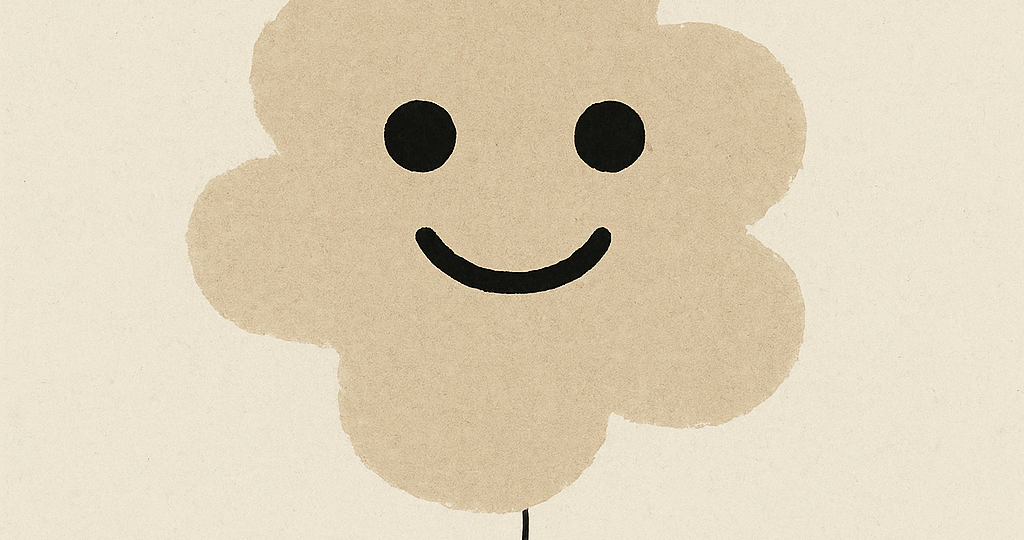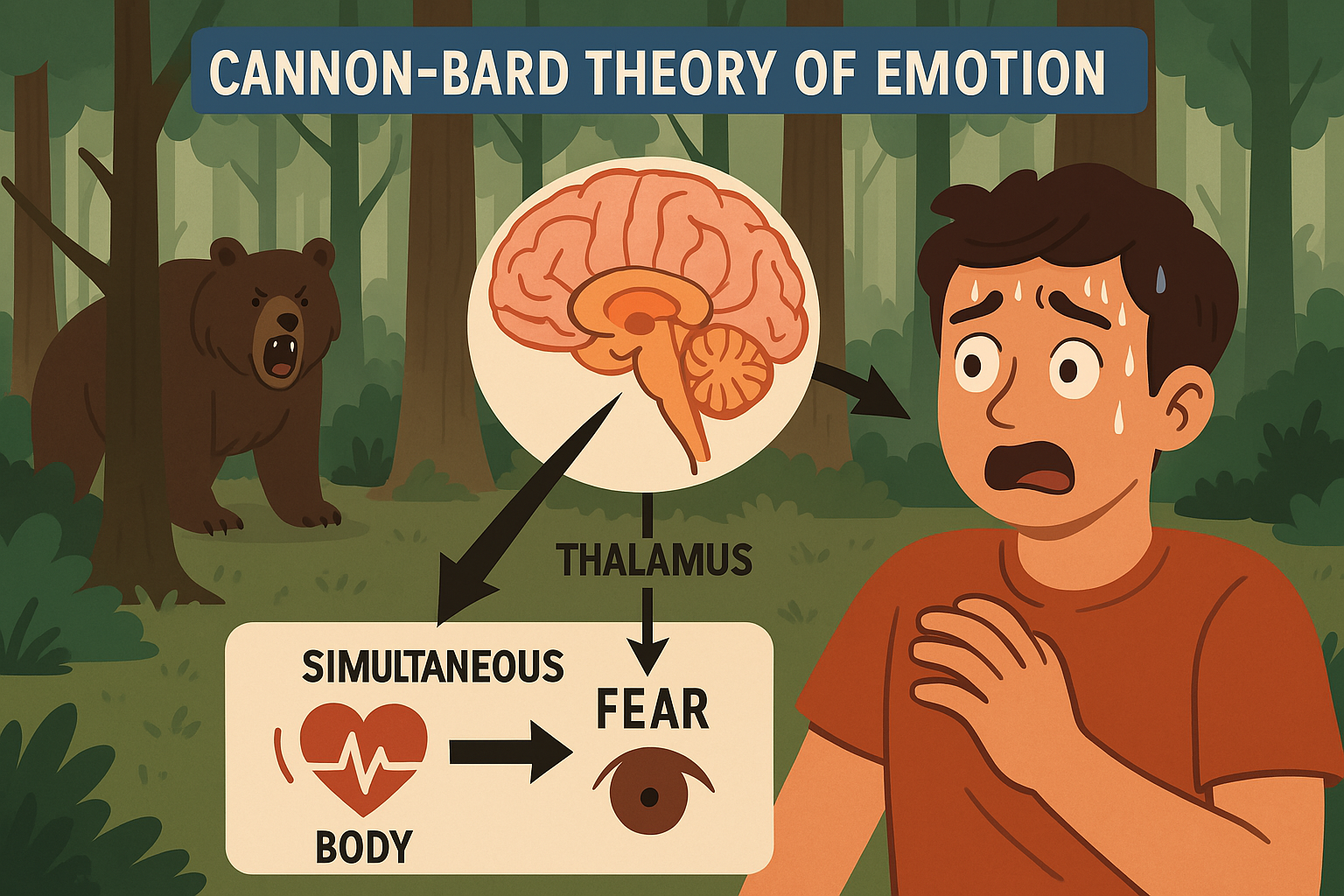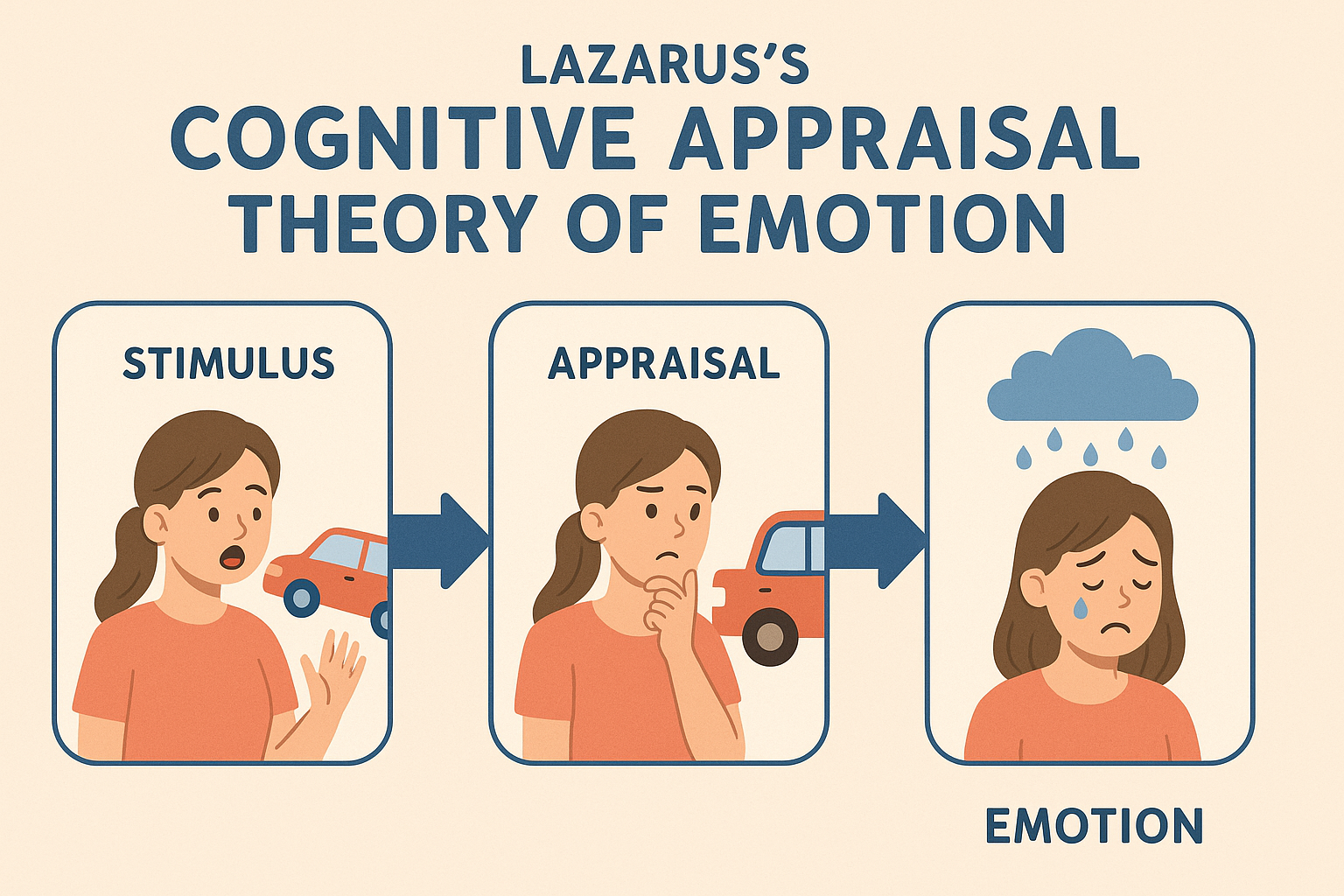
You’re walking down the street and suddenly notice a smiling face on the front of a car—the headlights become eyes, the grille looks like a mouth, and for a moment it feels like the machine has a personality. This little quirk of the human brain is called pareidolia, the tendency to see meaningful images, often faces, in random patterns. Clouds shaped like animals, the “man on the moon,” or even burnt toast that looks like a celebrity are all everyday examples of this fascinating mental shortcut.
Psychologists explain pareidolia as a byproduct of how our brains are wired to detect faces. From birth, humans are drawn to facial patterns—it’s crucial for survival to recognize caregivers, threats, or emotions in others. Neuroscientist Carl Sagan even suggested that this ability evolved as a defense mechanism: recognizing faces quickly, even if sometimes incorrectly, was safer than missing a potential danger. Our brain’s face-detection system, located in an area called the fusiform face area, is so sensitive that it sometimes fires off signals when no real face is present.
Research by Dr. Kang Lee at the University of Toronto has shown that when people see faces in random objects, they don’t just “imagine” them—the same brain regions that process real faces actually activate. This means pareidolia isn’t just about imagination, but about the brain genuinely treating patterns as though they were real faces. It’s a reminder that our perception isn’t a perfect camera—it’s an interpreter that constantly fills in gaps and errs on the side of connection.
What makes pareidolia so charming is that it blends science with a touch of wonder. On the one hand, it’s evidence of our brain’s efficiency and evolutionary history. On the other, it sparks creativity, humor, and even spirituality—some people interpret these random patterns as signs or symbols. Whether you see it as science or serendipity, pareidolia reveals just how powerfully human brains are tuned to find meaning in the world around us.
RELATED POSTS
View all


